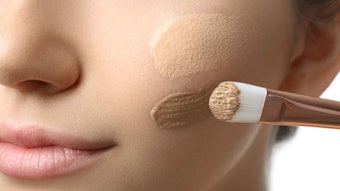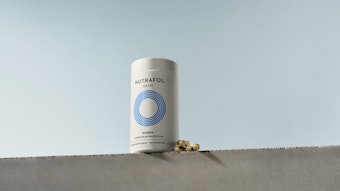Until the mid-1970s, practical applications for nonaqueous emulsions in personal care were almost nonexistent due to formulation difficulties and inelegant properties. However, beginning in the early 1980s, specialized nonaqueous emulsions have attracted technical interest as potential vehicles and delivery systems for personal care and cosmetic products. The reason for this transition has been the development and availability of a broad range of silicone-based emulsifiers, silicone polymers and other polymeric emulsifiers. These materials have enabled the use of nonaqueous emulsions as aesthetic vehicles and delivery systems for a range of distinctive cosmetic and personal care products. This article will briefly review their history and evolution into current-day specialized applications.
Early Emulsions
In a 1963 article1 from the Journal of Pharmaceutical Science, the authors reported that only stearate ester surfactants induced emulsification, either in glycerin-in-oil systems or when added to olive oil. According to the article abstract, representatives of seven classes of nonionic surfactants and their combinations were tested, by hand methods of trituration, for their ability to induce the emulsification of glycerin and olive oil. No relation was apparent between hydrophilic-lipophilic balance (HLB) values and emulsifying capacity, method of mixing or emulsion type; however, the chemical nature of the surfactant appeared to affect the method of mixing and emulsion type.










